Preparing for Tax Audits in the UAE: Red Flags, Risk Indicators & Survival Strategies

Why this matters now
Missed returns. Loose records. Small gaps can snowball into real costs. Partnering with experts offering corporate tax services in UAE helps prevent these pitfalls. In the UAE, late corporate tax filings can trigger recurring monthly penalties, and poor record keeping can lead to hefty fines. Your best defence is simple. Know the audit window, understand how notices arrive, and keep your data clean and ready.
We wrote this guide to make the audit period clear, keep the tone human, and give you steps you can use today.
What is the tax audit period?
The tax audit period is the window during which the Federal Tax Authority (FTA) can review your returns, supporting records, and computations. In practice, that means your corporate tax filings, adjustments, and disclosures can be examined against the law and guidance. For VAT, the same idea applies, but under separate rules.
You submit a return. The clock starts. Your records must stay complete, consistent, and available for review for the full retention period.
The legal bedrock, in plain words
Two core references guide how corporate tax works in the UAE:
- Federal Decree-Law No. 47 of 2022 on the Taxation of Corporations and Businesses (the Corporate Tax Law).
- Corporate Tax General Guide (FTA guidance that explains filing timelines, record keeping, and practical application).
From these, you get the big building blocks: who is a taxable person, the first tax period, return timing, and record-keeping expectations. These sit alongside VAT rules, which follow their own law and procedures.
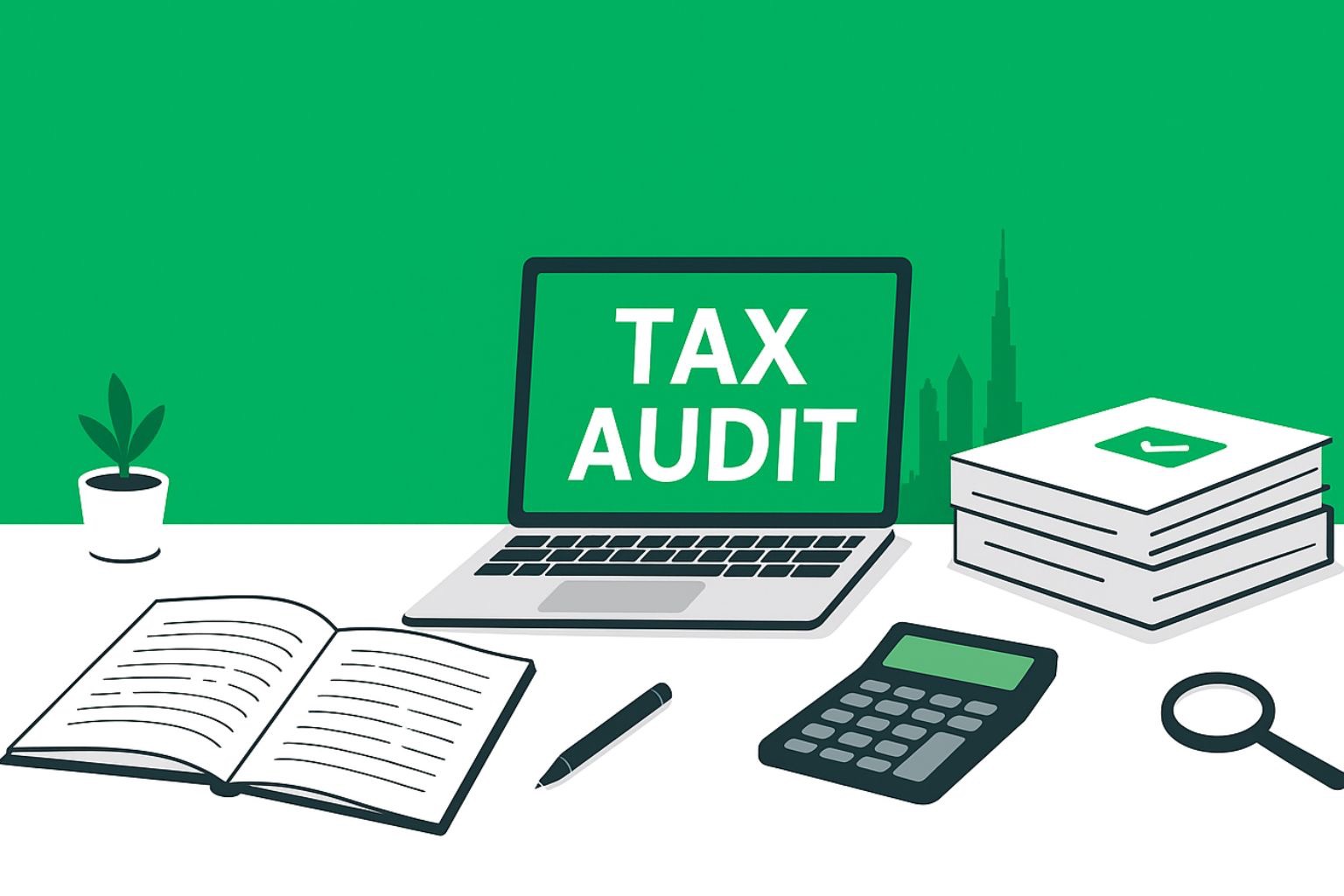
Types of audits you may face
Desk audit
Conducted off-site. The FTA requests documents, schedules, and clarifications. They look for consistency between your return and your records.
Field audit
On-site at your premises. Auditors review ledgers, contracts, invoices, systems access, and controls. Interviews may happen. The aim is to confirm that the numbers in your returns reflect actual business activity.
Both audit types check the same core items: accurate figures, the right tax treatments, and complete supporting evidence.
Corporate tax timelines you should lock in
First tax period under the Corporate Tax Law
Your first corporate tax period depends on your financial year start. Many businesses began on or after 1 June 2023, then followed their normal 12-month cycle.
Filing deadline
Your corporate tax return is due within 9 months after the end of your financial year. Using professional corporation tax filing services ensures accuracy and compliance. Example: a 31 December year-end files by 30 September of the following year.
Record keeping
Maintain accounting records and supporting documents long enough to cover reviews and audits. Keep contracts, invoices, ledgers, reconciliations, transfer pricing files if applicable, and working papers well organized and readily available. Seven years is a practical benchmark that businesses follow in the UAE.
VAT touches to be aware of
VAT audits check VAT returns, input tax recovery, output tax on supplies, and invoice rules. Filing cycles are usually quarterly, sometimes monthly. Keep VAT records tied to each return period and make sure tax invoices meet VAT format and timing requirements. Corporate tax and VAT are different systems, but weaknesses in one often signal problems in the other.
What triggers a tax audit
There is no single trigger, and selection can be random. That said, these patterns often attract attention:
- Large swings period to period without a clear note or explanation.
- Inconsistent gross margins for your industry or business model.
- VAT input claims that do not match purchase records or contracts.
- Missing or late corporate tax returns.
- Voluntary disclosures that point to material corrections.
- Related party transactions with no transfer pricing support where relevant.
Our advice is simple. If a figure is unusual, document why. If a treatment is nuanced, keep the memo that explains it.
How audit notifications work
An audit usually starts with a formal notice from the FTA. The notice will outline:
- What the FTA wants to review.
- The tax period is covered.
- What documents to provide and by when.
- How to submit, and a contact route for clarifications.
Move fast, but stay calm. Assign a single coordinator, log every request, and reply with complete packs, not fragments. One clear response beats ten partials.
Your readiness plan, step by step
1) Set ownership
Name a tax audit coordinator. Give them access to accounting, legal, and systems. They centralize requests and responses.
2) Clean your data
Match trial balances to returns. Tie key balances to source lists. Clear suspense accounts. Fix any broken references between invoices, contracts, and payments.
3) Organize your evidence
Create a tidy folder structure by year and period. Store trial balances, journals, bank reconciliations, VAT returns, corporate tax workings, and management accounts. Link each number to its source.
4) Document judgments
If you made a call on revenue recognition, deductibility, permanent establishment, or transfer pricing, include a short memo. Keep it short and plain. Show the law or guide you relied on.
5) Prep people
Let finance, sales ops, and procurement know how interviews work. Brief them to answer clearly, keep to facts, and refer technical questions to the coordinator.
6) Rehearse the audit pack
Pick a closed year. Pretend you just got a notice. Assemble the pack in 24 to 48 hours. You will learn exactly where the gaps are.
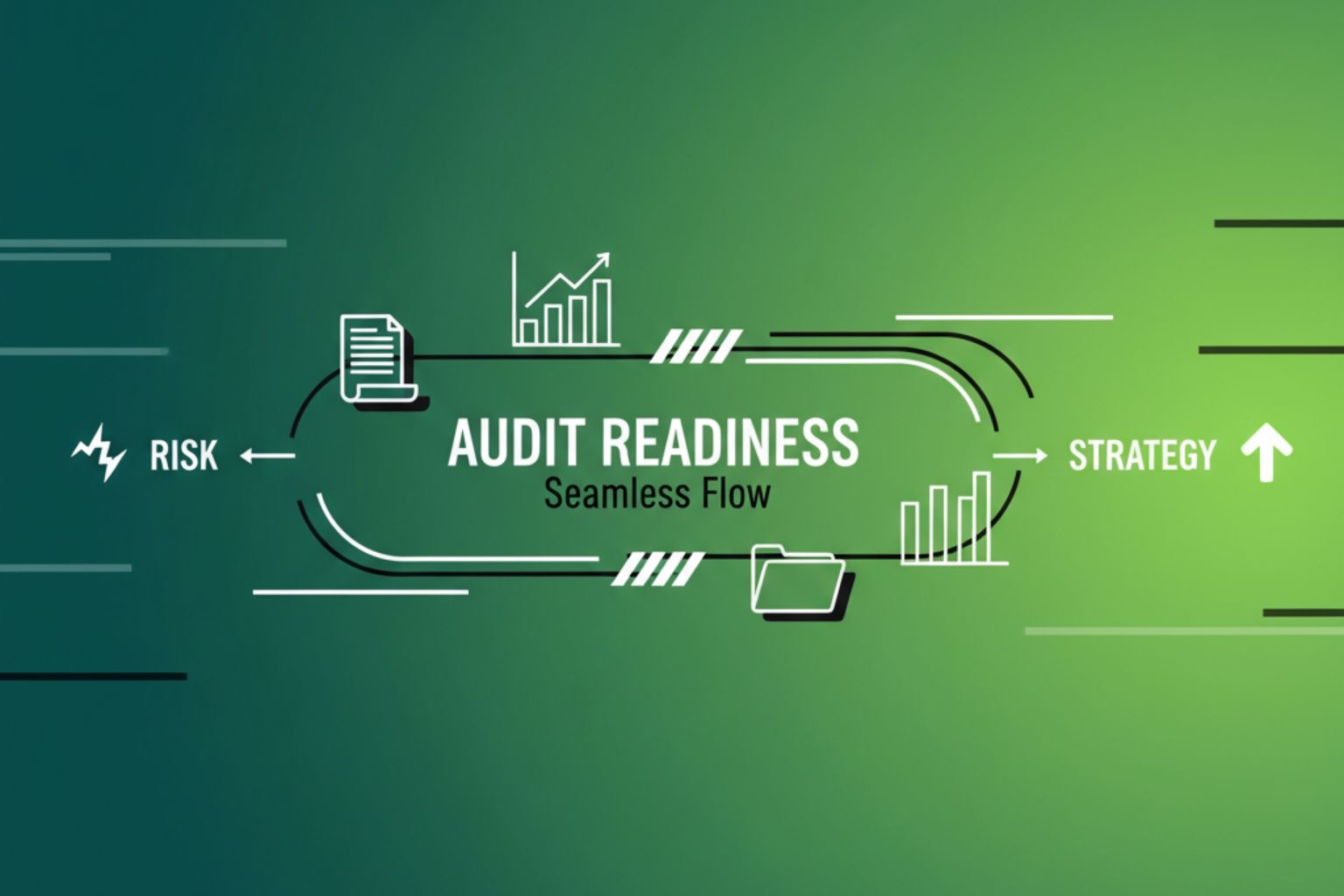
What to send when a notice arrives
- Cover sheet with contacts and a summary of what is included.
- Trial balance for the period and a reconciliation to the return.
- Ledger extracts for sales, purchases, and key expense lines.
- VAT returns, if cross-referenced in the queries.
- Invoices, contracts, and credit notes tied to sample selections.
- Bank reconciliations and statements for the sampled months.
- If applicable, related party listings and transfer pricing support.
Keep file names self-explanatory. Label periods clearly. Avoid duplicates.
After the audit: typical next steps
- Queries: respond within the stated timeline. If you need time to gather data, ask early and propose a realistic date.
- Findings: review carefully. If you agree, post the adjustments and settle any difference.
- Disagreement: prepare a factual response with references. Stick to the documents.
- Follow-up: tighten your controls. Update your month-end checklist so the same issue does not return next period.
Examples you can relate to
Example 1: Revenue cut-off
A service company invoices on the 3rd of January for work completed in late December. In the return, revenue is posted to the new year, not the year of delivery. Fix the cut-off rule, add a checklist item to review work in progress near period end, and keep the schedule as evidence.
Example 2: Input VAT without a valid tax invoice
A business claims input VAT on a supplier receipt that lacks the supplier TRN. The claim is disallowed on review. Solution: add a simple intake check. No TRN, no claim. Ask the supplier to reissue a valid tax invoice, then book the recovery.
Example 3: Related party pricing
A distribution company sells to an affiliate at a price lower than third-party sales. No support memo exists. During review, the team provides a quick benchmarking note and a simple rationale tied to volumes and delivery terms. That memo now lives in the year-end folder.
Quick checklist you can paste into your month-end
- Lock bank reconciliations and export PDFs.
- Match VAT control accounts to filed returns.
- Reconcile revenue and payables to subledgers.
- Clear suspense and review unusual journals.
- Save a final trial balance and the return support pack to a year-period folder.
- Write one short “issues and fixes” note for the period
How we help
We support businesses with practical corporate tax services in UAE, building clean folders, tidy trial balance tie-outs, and clear reconciliations.. We train your team so responses to the FTA are quick, complete, and calm.
Contact Alpha Pro Partners to run a fast audit readiness check and corporation tax filing services. Speak with our team to set up a monthly close routine that keeps you audit-ready year-round.
FAQs
What is a tax audit period in the UAE?
It is the timeframe during which the FTA can review your corporate tax or VAT filings and supporting records. Your books need to stay organized and accessible for the full retention period.
How long do I need to keep records?
Keep contracts, invoices, ledgers, reconciliations, and working papers long enough to cover reviews and potential audits. Seven years is a practical benchmark that businesses follow in the UAE.
When is my corporate tax return due?
Within nine months after the end of your financial year.
What starts the first corporate tax period?
Your first period aligns with your normal financial year that begins on or after the law’s effective start date. Many companies began their first period on or after 1 June 2023.
Can the FTA run a desk audit only?
Yes. Desk audits are common. The FTA may request documents without visiting your premises. Field audits are used when a deeper review is needed.
What commonly triggers an audit or review?
Large swings, late filings, inconsistent margins, unusual VAT claims, missing documents, or related party transactions with no support.
How will I be notified?
You receive a formal notice stating the period, the scope, and what to provide. It also sets deadlines for your response.
What should I send first?
A tight pack. Trial balance, reconciliations, return tie-outs, sample invoices and contracts, bank statements, and any memos that explain judgments.
What if I disagree with a finding?
Respond with facts and references. Keep the tone clear and concise. If adjustments are due, post them and tighten controls to prevent repeats.
How do VAT and corporate tax audits connect?
They are separate regimes, but weak controls in one often point to issues in the other. Keep both sets of records tidy and aligned.
Can voluntary disclosures help?
If you spot an error, correcting it proactively shows good faith. It can reduce risk and simplify discussions later.
What is the fastest way to get audit-ready now?
Name a coordinator, clean your reconciliations, assemble a year-period support folder, and run a one-day rehearsal using a closed period.

.webp)
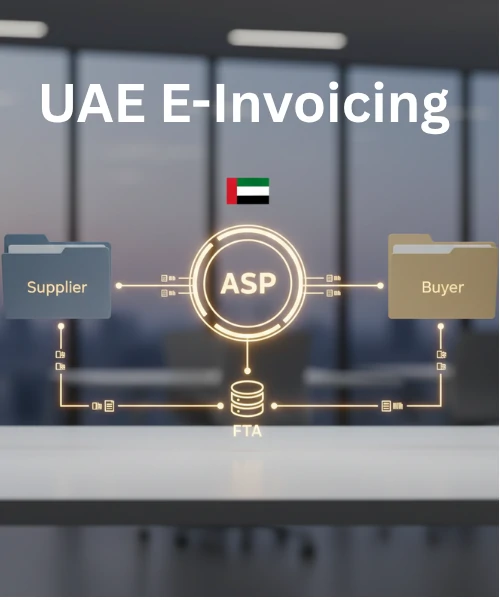
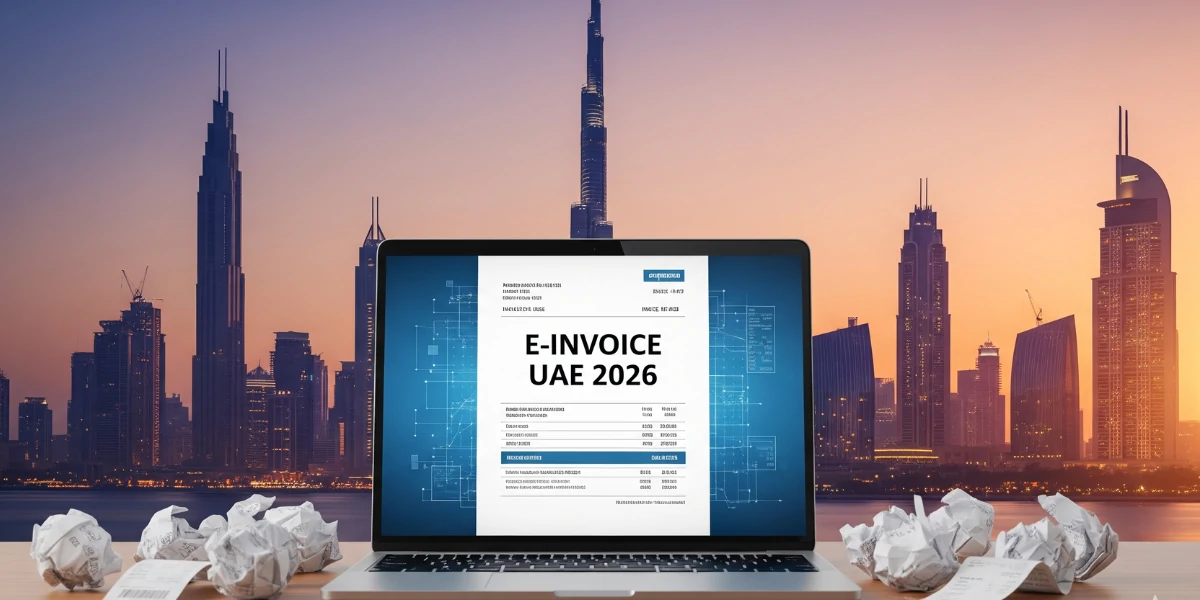



%20Widgets%2C%20Shortcuts%20%26%20Customisation.jpg)








.webp)
.webp)
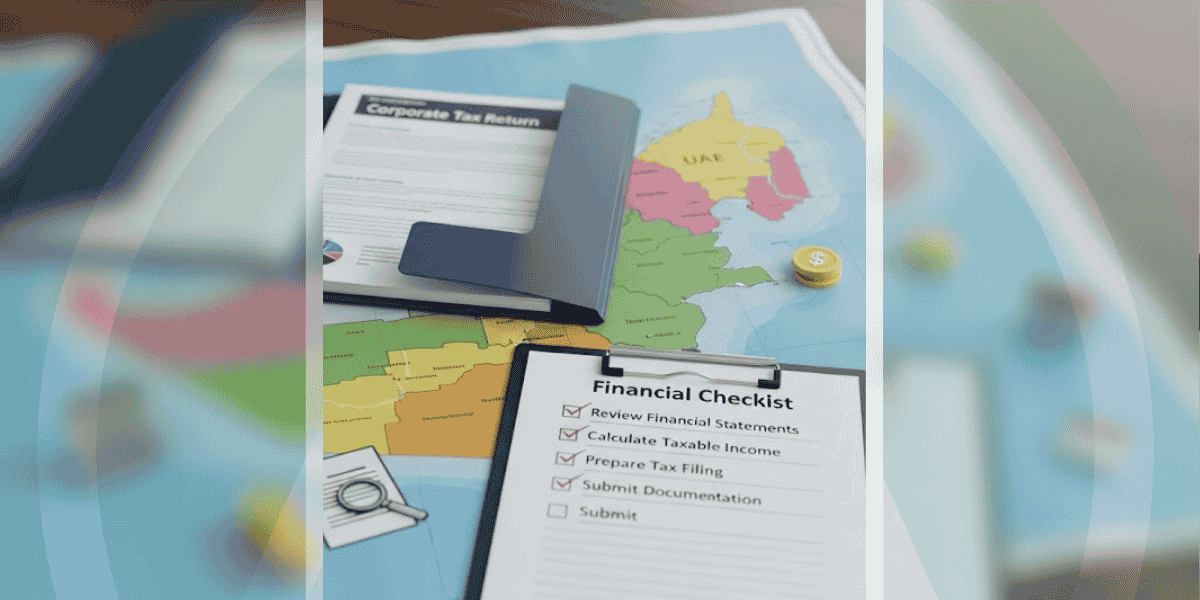

.png)
.png)
.png)
.png)
.png)

.png)
.png)



.png)
.png)





.jpg)


.jpg)




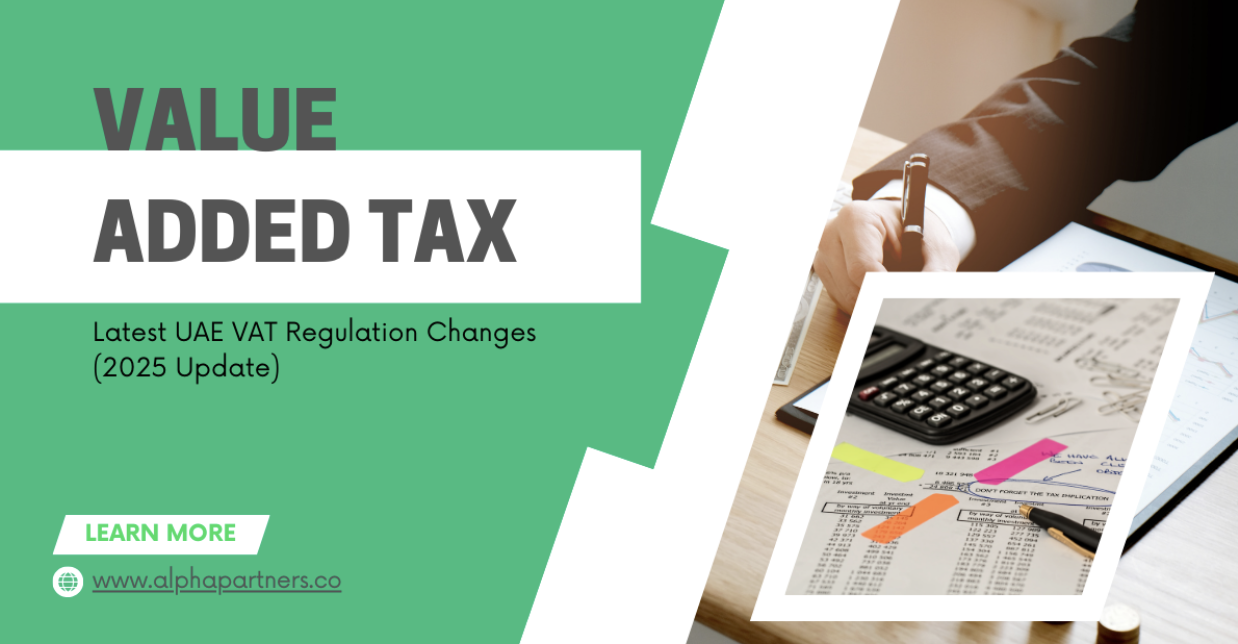
.png)
.png)






.png)


